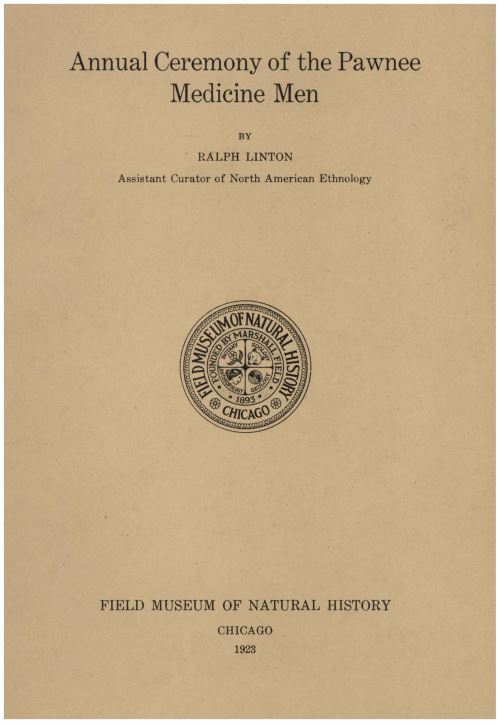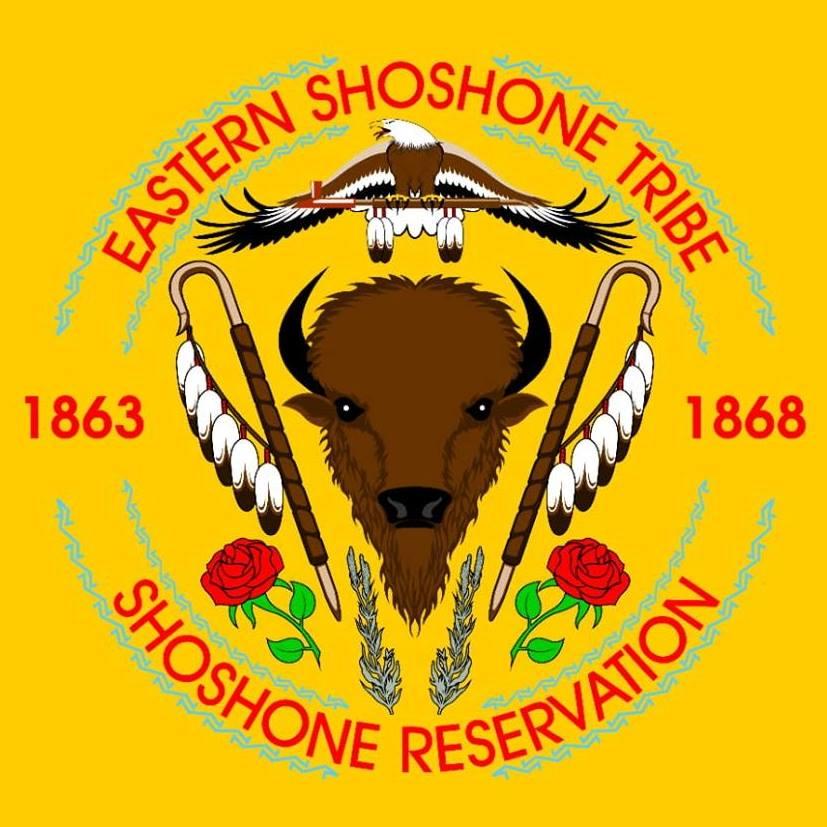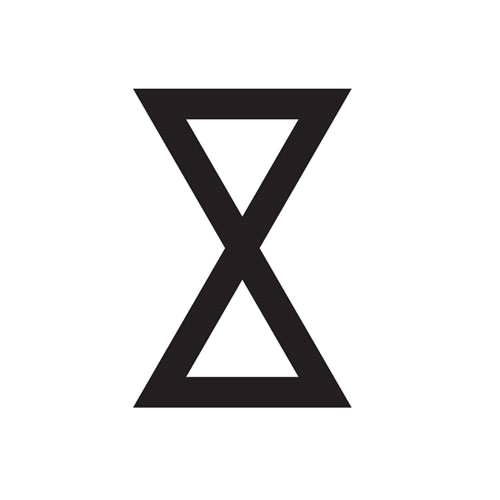.jpg) Source article: Pipes and Tobacco Use Among Southern
Source article: Pipes and Tobacco Use Among Southern
California Yuman Speaker by Jackson Underwood (UNDERWOOD, JACKSON. “Pipes and Tobacco Use Among Southern California Yuman Speaker.” Journal of California and Great Basin Anthropology, vol. 24, no. 1, 2002, pp. 1–12. JSTOR, http://www.jstor.org/stable/23799624. Accessed 6 Apr. 2020.)
- In the yuma tribe, tobacco was smoked by regular people for pleasure, but was smoked by shaman for curing purposes
- In this tribe, shaman could be men or women
- Shamanism tended to run in families, but exact powers were not inherited
- Shaman career usually began in dreams when people were visited by animal spirits on a significant mountain top
- Different types of shaman for different disorders
- One practice was to blow tobacco smoke over a patient to cure them
- Healing often associated with dreams, with good dreams meaning good health to come
- Some tribes that people could be poisoned by dream spirits and that shaman could use tobacco as part of a cure for these people
- Smoking was often accompanied by singing and dancing as part of the whole treatment procedure
 Source article: Annual Ceremony of the Pawnee Medicine Men by Ralph Linton (Linton, Ralph. “Annual Ceremony of the Pawnee Medicine Men.” Leaflet, no. 8, 1923, pp. 1–20. JSTOR,
Source article: Annual Ceremony of the Pawnee Medicine Men by Ralph Linton (Linton, Ralph. “Annual Ceremony of the Pawnee Medicine Men.” Leaflet, no. 8, 1923, pp. 1–20. JSTOR,  Source article: The Shoshone Ghost Dance and Numic Myth: Common Heritage, Common Themes by Judith Vander (VANDER, JUDITH. “The Shoshone Ghost Dance and Numic Myth: Common Heritage, Common Themes.” Journal of California and Great Basin Anthropology, vol. 17, no. 2, 1995, pp. 174–190. JSTOR,
Source article: The Shoshone Ghost Dance and Numic Myth: Common Heritage, Common Themes by Judith Vander (VANDER, JUDITH. “The Shoshone Ghost Dance and Numic Myth: Common Heritage, Common Themes.” Journal of California and Great Basin Anthropology, vol. 17, no. 2, 1995, pp. 174–190. JSTOR,  Source article: Structure, Content, and Cultural Meaning of “yuwipi”: A Modern Lakota Healing Ritual by Luis S. Kemnitzer (Kemnitzer, Luis S. “Structure, Content, and Cultural Meaning of ‘Yuwipi’: A Modern Lakota Healing Ritual.” American Ethnologist, vol. 3, no. 2, 1976, pp. 261–280. JSTOR,
Source article: Structure, Content, and Cultural Meaning of “yuwipi”: A Modern Lakota Healing Ritual by Luis S. Kemnitzer (Kemnitzer, Luis S. “Structure, Content, and Cultural Meaning of ‘Yuwipi’: A Modern Lakota Healing Ritual.” American Ethnologist, vol. 3, no. 2, 1976, pp. 261–280. JSTOR,  Source article: Cheyenne Pronghorn Procurement and Ceremony by Linea Sundstrom (Sundstrom, Linea. “Cheyenne Pronghorn Procurement and Ceremony.” Plains Anthropologist, vol. 45, no. 174, 2000, pp. 119–132. JSTOR,
Source article: Cheyenne Pronghorn Procurement and Ceremony by Linea Sundstrom (Sundstrom, Linea. “Cheyenne Pronghorn Procurement and Ceremony.” Plains Anthropologist, vol. 45, no. 174, 2000, pp. 119–132. JSTOR,  Source article: Ontario Iroquois Effigy Pipes by Wm. C. Noble (Noble, Wm. C. “Ontario Iroquois Effigy Pipes.” Canadian Journal of Archaeology / Journal Canadien d’Archéologie, no. 3, 1979, pp. 69–90. JSTOR,
Source article: Ontario Iroquois Effigy Pipes by Wm. C. Noble (Noble, Wm. C. “Ontario Iroquois Effigy Pipes.” Canadian Journal of Archaeology / Journal Canadien d’Archéologie, no. 3, 1979, pp. 69–90. JSTOR,  Source article: The Navajo by A. M. Stephen (Stephen, A. M. “The Navajo.” American Anthropologist, vol. 6, no. 4, 1893, pp. 345–362. JSTOR,
Source article: The Navajo by A. M. Stephen (Stephen, A. M. “The Navajo.” American Anthropologist, vol. 6, no. 4, 1893, pp. 345–362. JSTOR, 